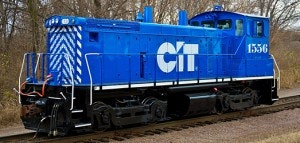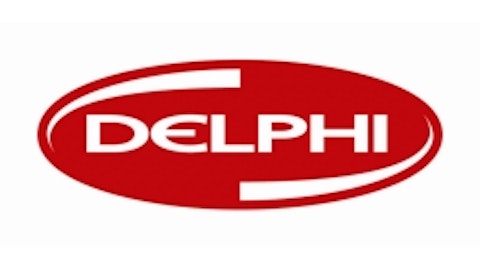
Overview
CIT Group Inc. (NYSE:CIT) is a bank holding company with more than $35 billion in financing and leasing assets. It provides financing and leasing capital and advisory services to more than 30 industries. CIT specializes in small business lending, middle market lending, factoring, retail finance, aerospace, equipment and retail leasing, and vendor finance. The company also operates CIT Bank and its online bank BankOnCIT.com.
Its CEO is John Thain. He is the former President of Goldman Sachs, as well the former CEO of the New York Stock Exchange and Merrill Lynch. CIT Group Inc. (NYSE:CIT) has a market cap of $8.5 billion. The stock trades at a forward P/E of 10.40. Operating margins are 16.67%, but the profit margin is (0.16)%.
Return on equity is also a dismal 0.04% and return on assets is even worse at 0.01%. The company pays no dividend, and price targets on the stock range from $41 to $54 with $45.50 being the median target.
2013 first-quarter earnings report
The highlights of this report were:
Commercial asset growth – increased 11% from last year, marking the sixth consecutive quarter of sequential growth.
Solid net finance margin – net finance margin of 4.43%.
Growth at CIT Bank – assets surpassed $13 billion and online deposits increased to over $5.5 billion and now represent over half of total deposits.
Strong capital – Tier 1 Capital Ratio of 16.3% and Total Capital Ratio of 17.1%.
Increased tangible book value – tangible book value per share increased to $40.35.
Net income of $163 million, or $0.81 per diluted share, for the first quarter of 2013, compared to a net loss of $427 million, or $2.13 per share, for the first quarter of 2012.
The positives
Tier 1 Capital and Total Capital increased.
Commercial asset growth increased.
The company returned to profitability versus the year earlier quarter.
Tangible book value increased.
Net charge-offs have been decreasing.
The negatives
Margins are still dismal.
Asset growth is minimal.
Three components of other income – factoring commissions, gains on sales of leasing equipment, and fee revenue – were essentially unchanged compared to the year-ago quarter and declined $23 million sequentially.
Operating expenses are increasing.
Consensus estimates for first quarter earnings were $0.86, the company missed by $0.05.
CIT remains bound by a “written agreement” with the Federal Reserve before it can return any capital.
On the earnings call, CIT Group Inc. (NYSE:CIT) CFO Scott Parker acknowledged in response to a question from analyst Sameer Gokhale of Janney Capital that the company has increasingly provided financing for so-called “dividend recap” deals. Those are deals in which private equity firms borrow money to pay themselves a dividend, rather than reinvesting in the business. This is perceived as risky because it increases debt without adding anything that might contribute to future profits.
Equity researchers at Nomura cut their target price on shares of CIT Group Inc. (NYSE:CIT) from $45 to $43 in a report issued on Wednesday, StockRatingsNetwork.com reports. The firm currently has a “neutral” rating on the stock.
Other lessors
Another notable leasing company is GATX Corporation (NYSE:GMT), which leases, operates, and manages long-lasting, widely used assets in rail, marine, and industrial equipment markets. The real bread and butter of this company is its leading position in leasing railcar fleets, which accounted for 75% of 2012 revenue.
Much like CIT Group Inc. (NYSE:CIT), the company’s profitability is dependent on its ability to maintain assets on lease at satisfactory rates, and to re-lease or sell assets upon lease expiration. The economic downturn has led to reduced demand.
GATX Corporation (NYSE:GMT) also serves the marine leasing segment, which is expected to remain under pressure due to spotty demand for marine transport services and a higher capacity of vessels. The one positive is that GATX Corporation (NYSE:GMT) has a niche stronghold on the rail leasing market.


